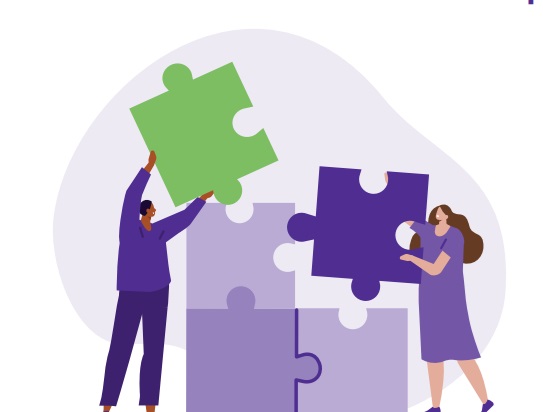In today’s era of rapidly changing customer expectations, there are three primary ways that agencies using legacy approaches can fail to meet their constituent’s needs:
- Insufficient scalability: Surges in demand for government services can trigger long wait times as legacy systems struggle to scale up to handle the exponential increase in requests. Customers
become frustrated, losing confidence in government services, and employees struggle to meet the public’s expectations. - Inadequate flexibility: Customer needs can evolve rapidly, and systems struggle to adapt. This lack of flexibility inherent in aged systems results in inefficient processes and overburdened employees.
- Lacking unified channels and data sources: Fragmented experiences across communication channels can discourage public engagement and require employees to duplicate tasks as they move through multiple systems to support the public’s information needs. This leads to decreased productivity and low job satisfaction, severely affecting employees’ ability to deliver great customer service, which ultimately affects mission outcomes.

The solution? Moving beyond a traditional customer service framework with a suite of technologies strategically implemented by using human-centered design (HCD). This approach leverages data-driven insights to understand the customer journey, the employee experience, and the agency priorities for improving services and experiences to effectively meet its mission.
This quick resource, “Moving Beyond the Traditional Customer Service Framework,” explains why you should look at the entire customer and employee experience simultaneously, so teams are empowered with the tools and resources they need to deliver simple, seamless, and secure services.




Leave a Reply
You must be logged in to post a comment.